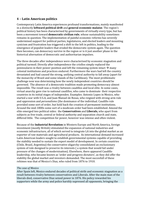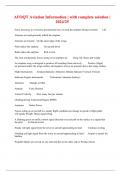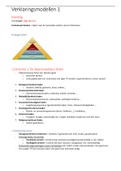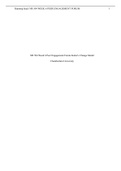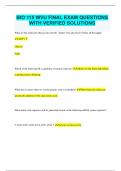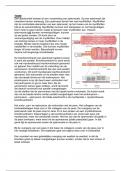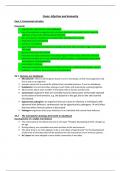Samenvatting
Summary of Understanding Contemporary Latin America
- Instelling
- Universiteit Leiden (UL)
Summary according to the prescribed readings for the Final Exam of History: Latin America of the study International Studies by Leiden University in The Hague. The chapters are in order of the lectures. If you would like the lecture notes on here as well, leave that in the comments please. Good Luc...
[Meer zien]
